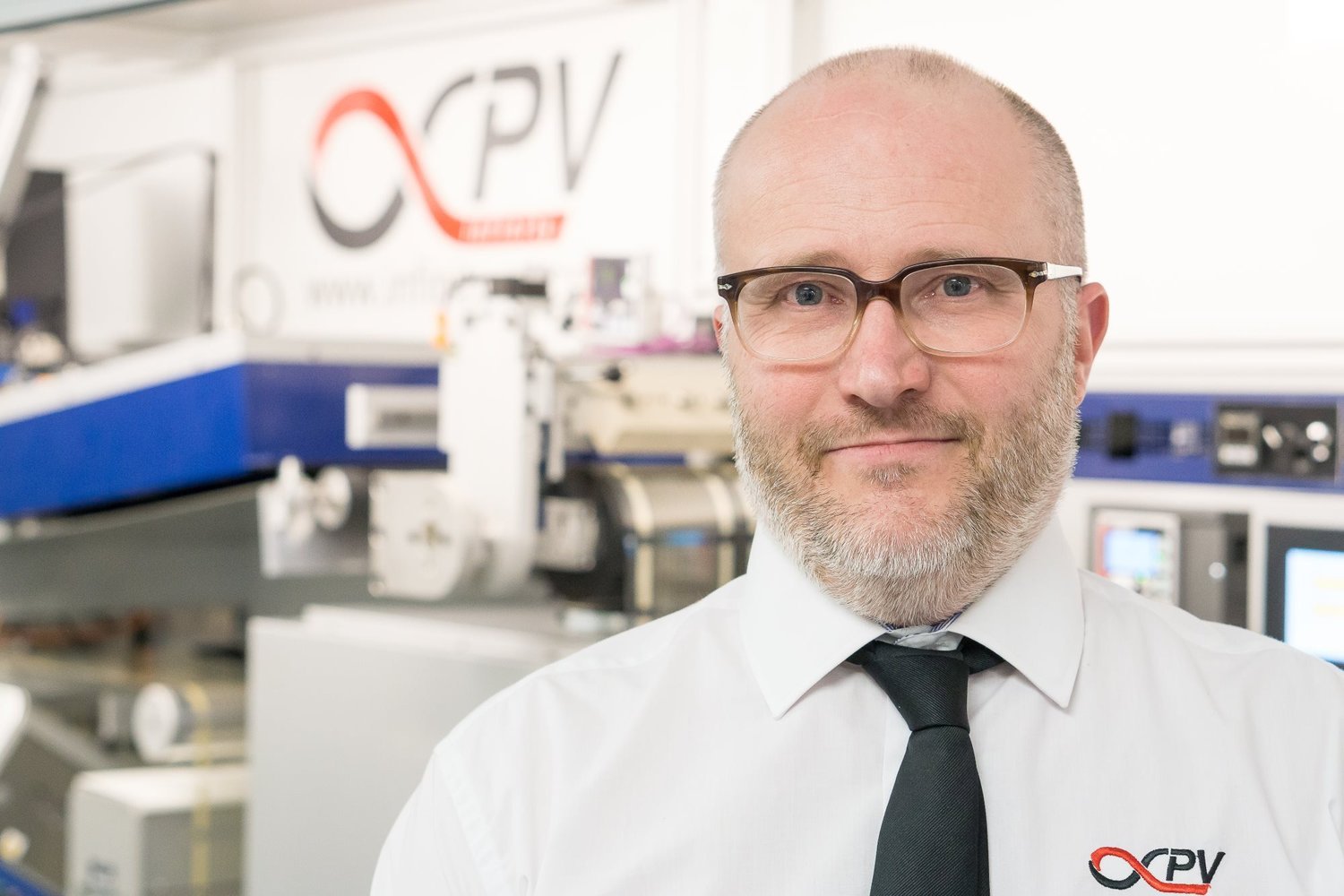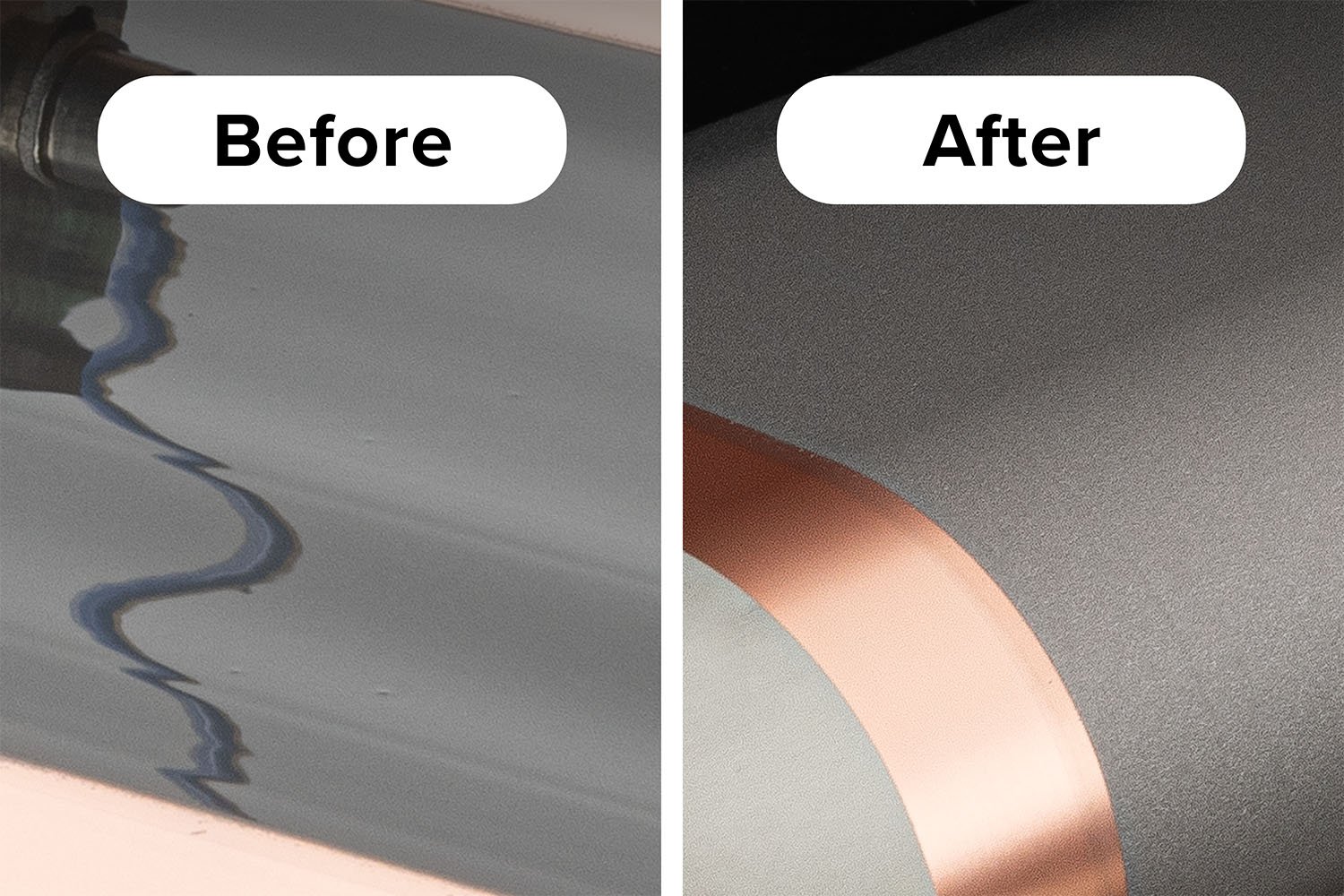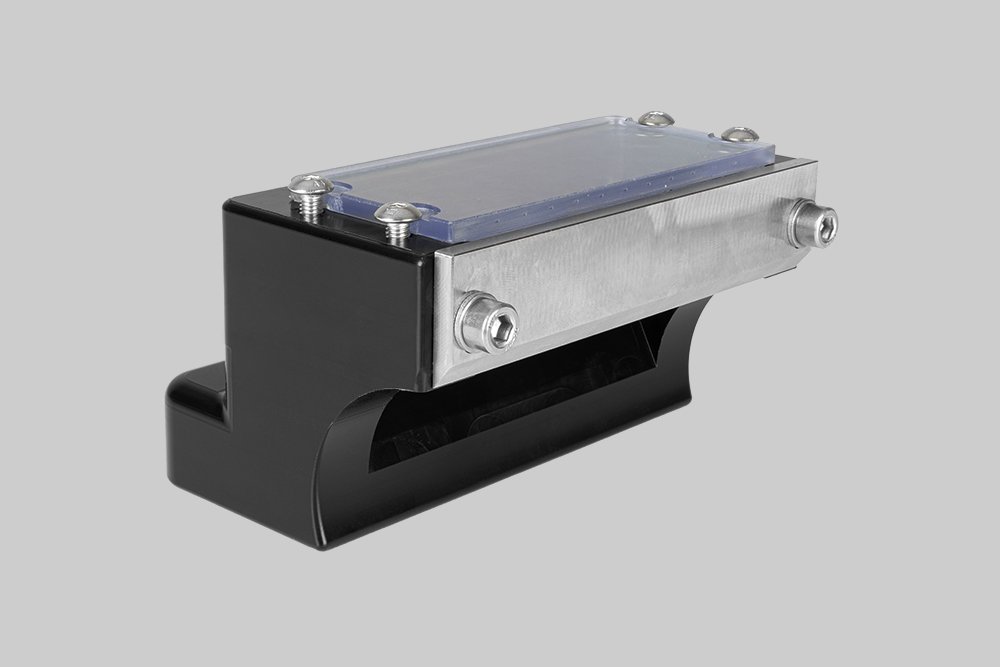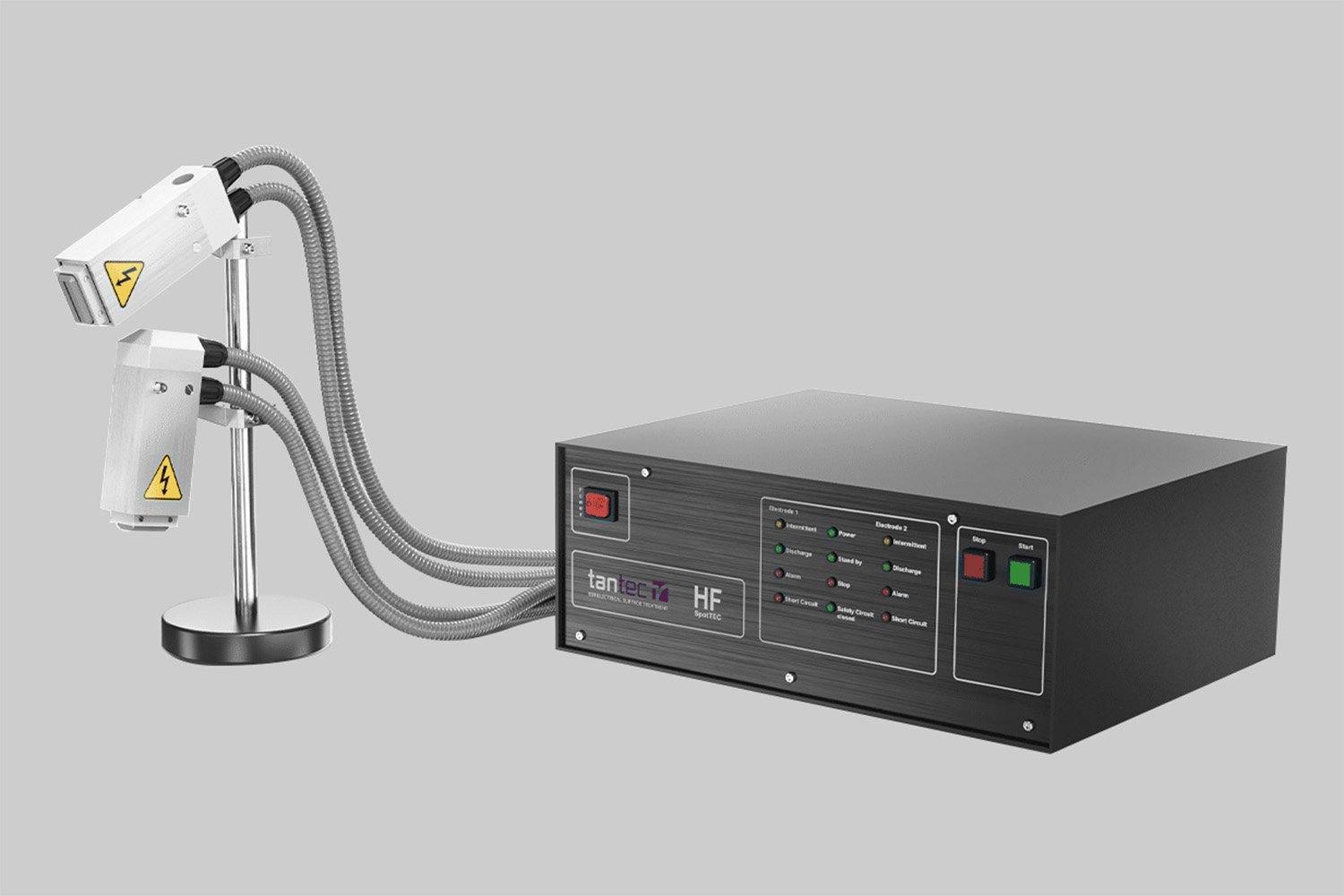
Slot-Die Coating for Printed Transistors: Scalable Layer Deposition Made Simple
Enabling Next-Generation Transistors with Slot-Die Coating
As printed and flexible electronics move from lab-scale concepts to commercial applications, one of the major challenges is developing scalable manufacturing processes that maintain tight control over film quality. Slot-die coating is emerging as a key enabler for transistor fabrication, offering precise deposition of the thin layers required for devices like field-effect transistors (FETs). Whether you're working with organic semiconductors, oxide-based materials, or hybrid stacks, slot-die coating allows for the uniform application of semiconductors, dielectric layers, and conductive tracks on a variety of flexible and rigid substrates. This precision is crucial for ensuring consistent electrical characteristics and device reliability across large areas.
The slot-die process involves dispensing a liquid ink through a fine slot in a die head, coating a continuous substrate with a controlled thickness. Compared to other techniques such as spin coating or inkjet printing, slot-die coating stands out for its ability to deposit materials with excellent uniformity over extended lengths, making it ideal for roll-to-roll processing. In transistors, even minor inconsistencies in layer thickness or surface roughness can lead to performance variations. Slot-die coating minimizes these issues and allows researchers to control parameters such as coating speed, ink viscosity, substrate temperature, and drying conditions to optimize each layer. This flexibility is especially valuable when testing new formulations or integrating novel materials into transistor stacks.
From Lab to Scalable Manufacturing
Slot-die coating is also attractive because it bridges the gap between small-scale material research and scalable production. In a research setting, it allows for reproducible testing of material interactions and interfaces in realistic device configurations. When moving toward pilot or industrial-scale production, the same slot-die approach can be adapted to high-throughput roll-to-roll systems without changing the core coating principles. This scalability makes it easier to transfer lab results into manufacturing environments while reducing waste and material costs. Additionally, its compatibility with multilayer architectures enables integration with other printed components like sensors, antennas, or energy-harvesting elements in complex electronics systems. Whether you’re optimizing charge carrier mobility in the active layer, minimizing leakage through the gate dielectric, or tuning surface energies for better wetting, slot-die coating gives you the control needed to iterate quickly and scale confidently. For researchers and engineers in the field of transistor development, it provides a pathway to explore advanced materials, refine device architectures, and push forward the limits of printed electronics.
Advantages of Slot-Die Coating for Transistors
1. Precise Layer Control: Transistor performance is highly sensitive to the thickness, uniformity, and morphology of each functional layer. Slot-die coating offers sub-micron precision in wet film deposition, ensuring consistent electrical characteristics across the substrate. This is especially beneficial for gate dielectrics and semiconducting layers, where even minor thickness deviations can affect mobility, threshold voltage, and leakage current.
Scalable and Reproducible: Unlike batch techniques such as spin coating, slot-die coating is inherently scalable. It supports both sheet-to-sheet and roll-to-roll configurations, making it ideal for transitioning from lab-scale prototyping to high-throughput manufacturing. Because it is a pre-metered method, the material feed rate and coating width are tightly controlled, resulting in minimal waste and high reproducibility between runs.
Compatible with Multilayer Architectures: Slot-die coating is well suited for the deposition of multiple functional layers on the same substrate. From semiconductors and insulators to conductive interconnects, each can be applied in sequence with careful control of interface quality. This multilayer compatibility supports more advanced transistor architectures and integration into complex printed electronic systems.
Broad Material Versatility: Whether working with organic semiconductors, metal oxides, or hybrid formulations, slot-die coating accommodates a wide range of solution-processable materials. It allows researchers to quickly iterate on ink formulations and coating parameters, helping accelerate material discovery and device optimization.
Cost-Efficient and Eco-Friendly: Because it is a pre-metered process with minimal overspray or runoff, slot-die coating reduces material consumption and solvent waste. It is more environmentally friendly than many traditional coating methods, aligning with sustainable production practices and green electronics development.
Coating Equipment for Printed Transistors
Selecting the appropriate processing method for your packaging applications depends on production scale, material needs, and specific requirements.
Slot-die Coater
We recommend choosing sheet-based processing, such as the Slot-die Coater, for lab-scale research, prototyping, and small-batch production. This method offers the flexibility to test formulations, adjust parameters, and produce precise coatings in limited quantities—ideal for early-stage development and specialized applications.
Laboratory Roll-to-Roll Coater
Choose Roll-to-Roll (R2R) Processing, such as the Laboratory Roll-to-Roll Coater, when you need to scale up lab-scale results for continuous, high-throughput production. While still on a laboratory scale, R2R processing ensures uniformity and consistency over long substrates, making it suitable for applications that will eventually transition to larger-scale manufacturing.
Your Trusted Partner in Printed Transistors
With decades of experience in printed electronics, our expert team is here to provide in-depth guidance on choosing the right system for your needs. Whether you're exploring advanced production methods or need help fine-tuning your setup, we offer expert advice tailored to your project. Contact us to discuss how we can support your solar cell development.











